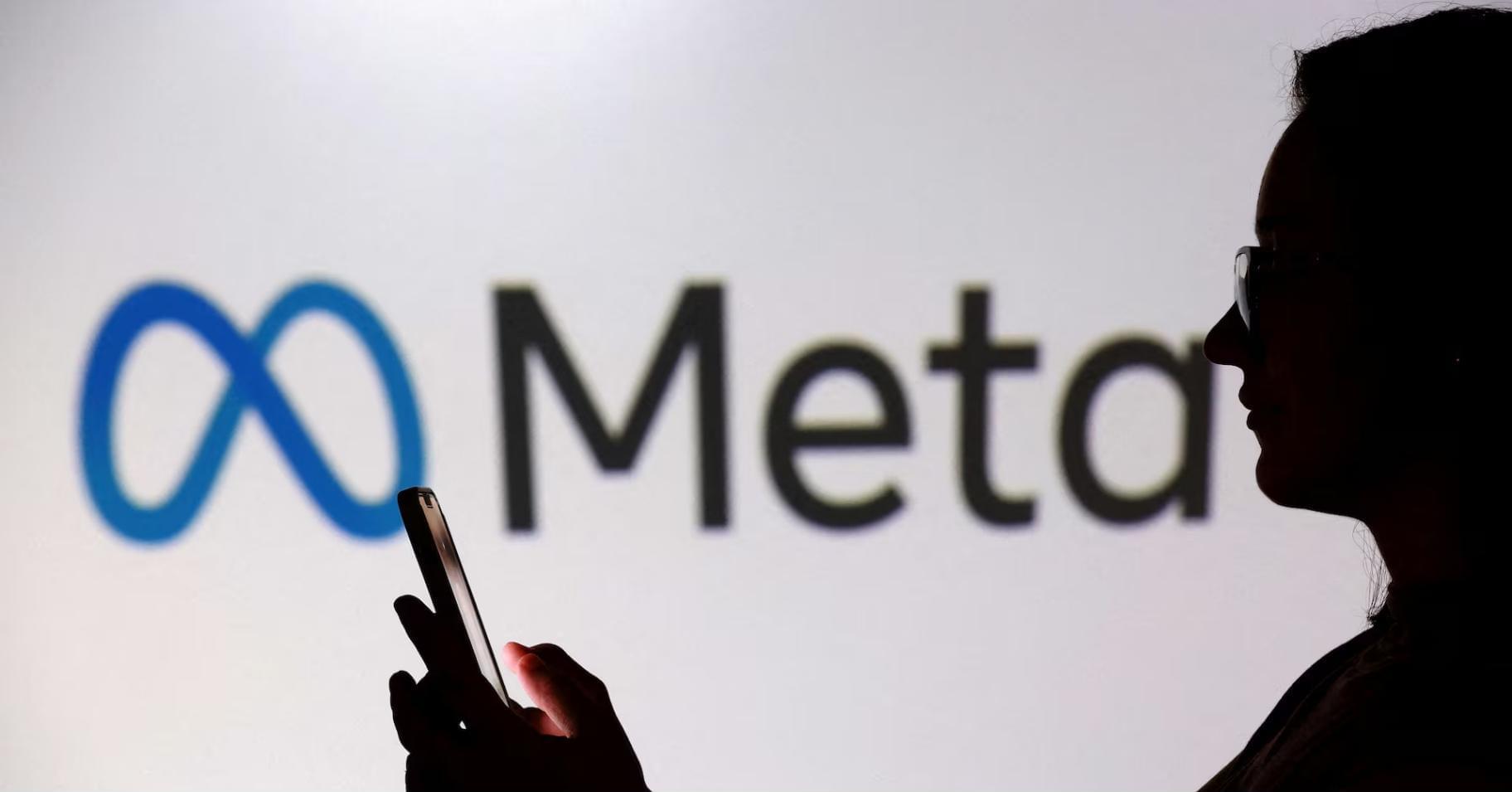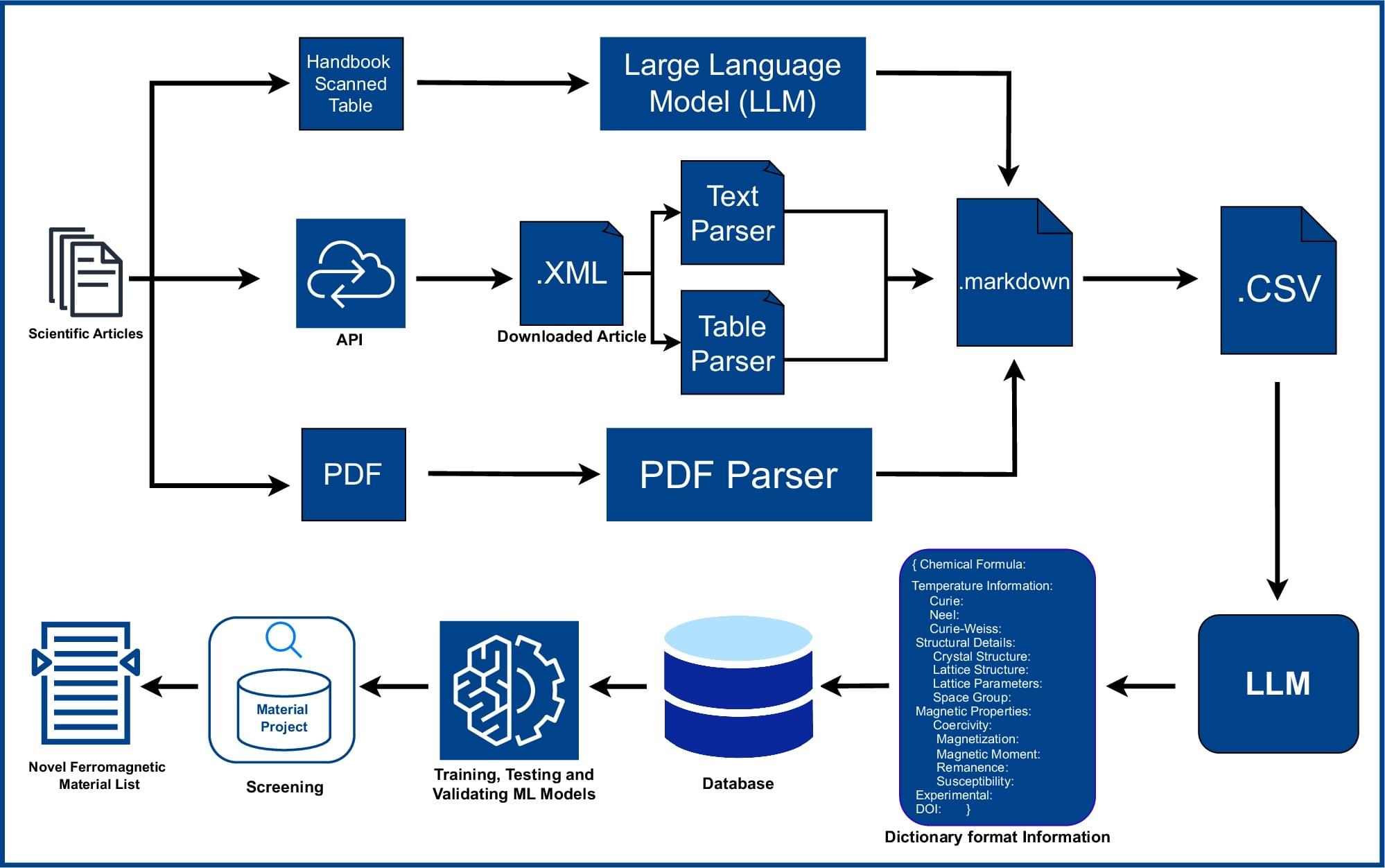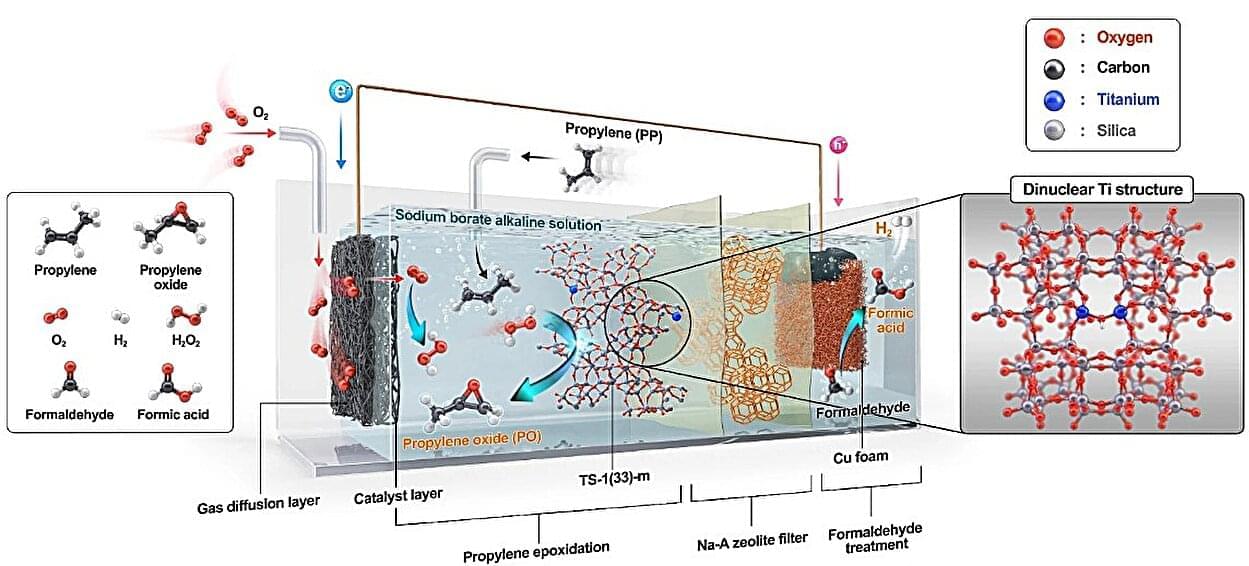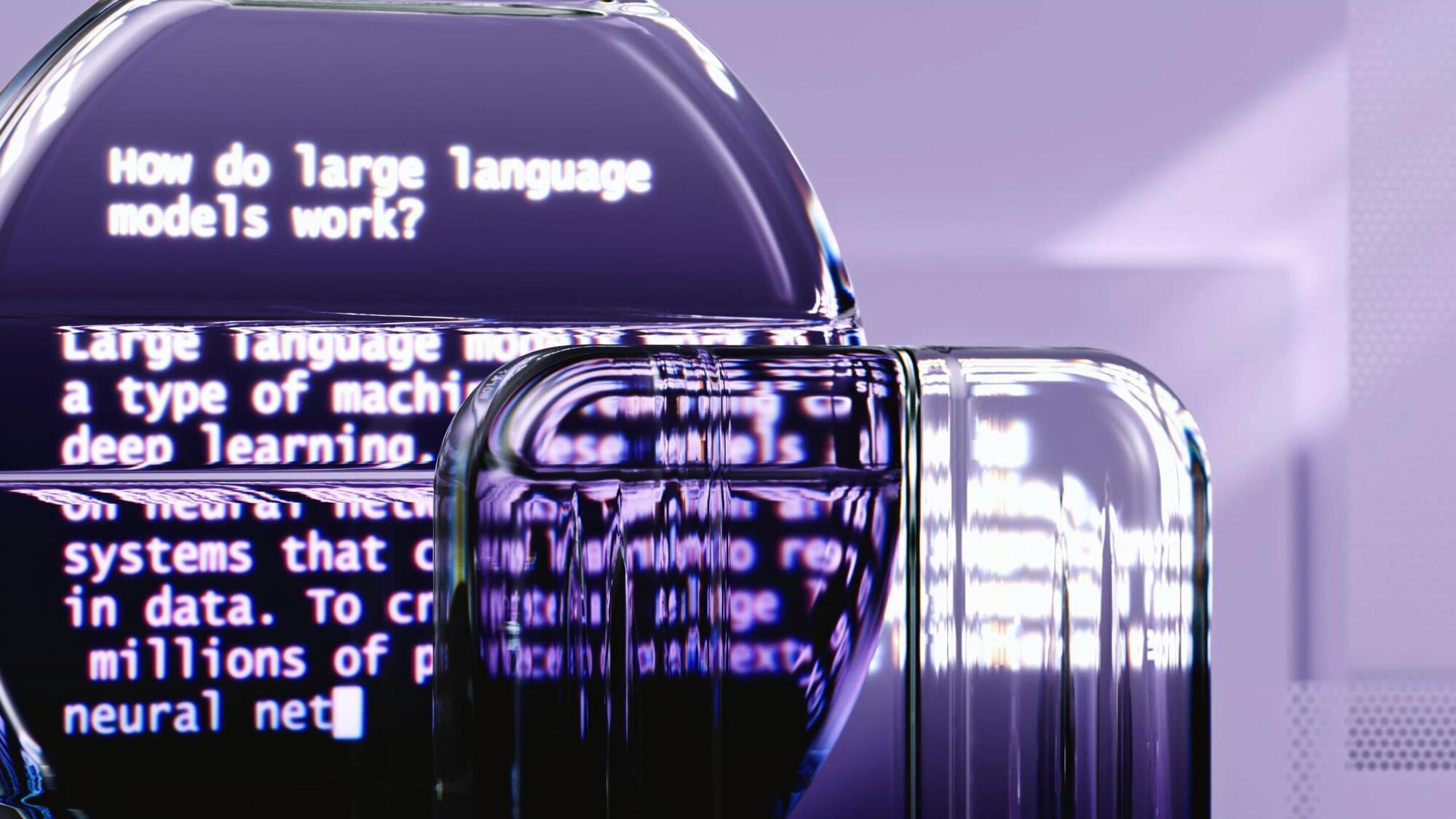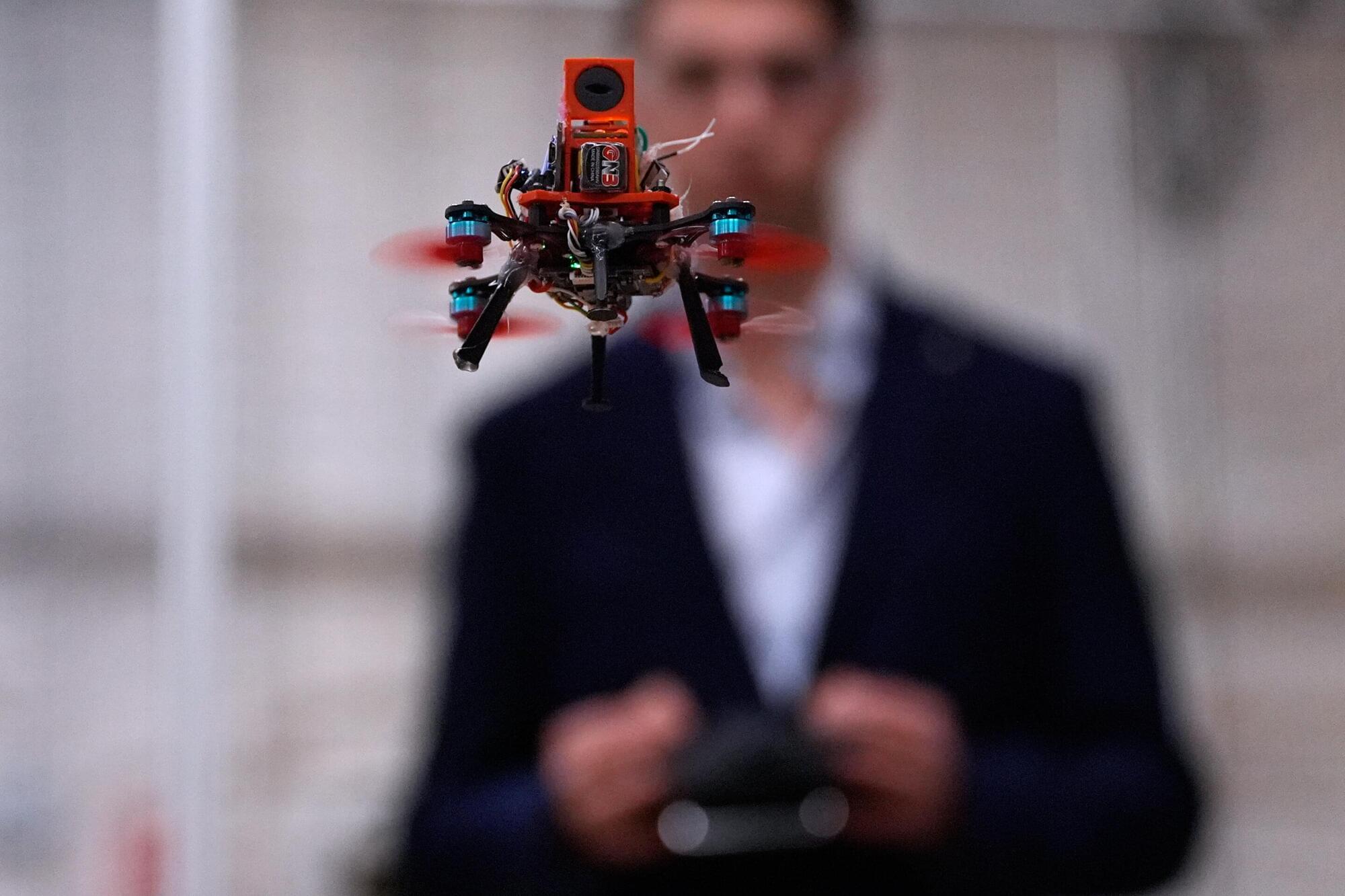This week, researchers reported finding a spider megacity in a sulfur cave on the Albania-Greece border, and experts say that you, personally, have to go live there. Economists are growing nervous about the collapse of the trillion-dollar AI bubble. And a new study links physical activity levels with the risk of digestive system cancers.
Additionally, astronomers reported the most massive and distant black hole flare ever observed; researchers determined why emotional memories are more vivid; and the scientists are once again exploring farmed insects as a food source—this time, for lengthy interplanetary missions:

